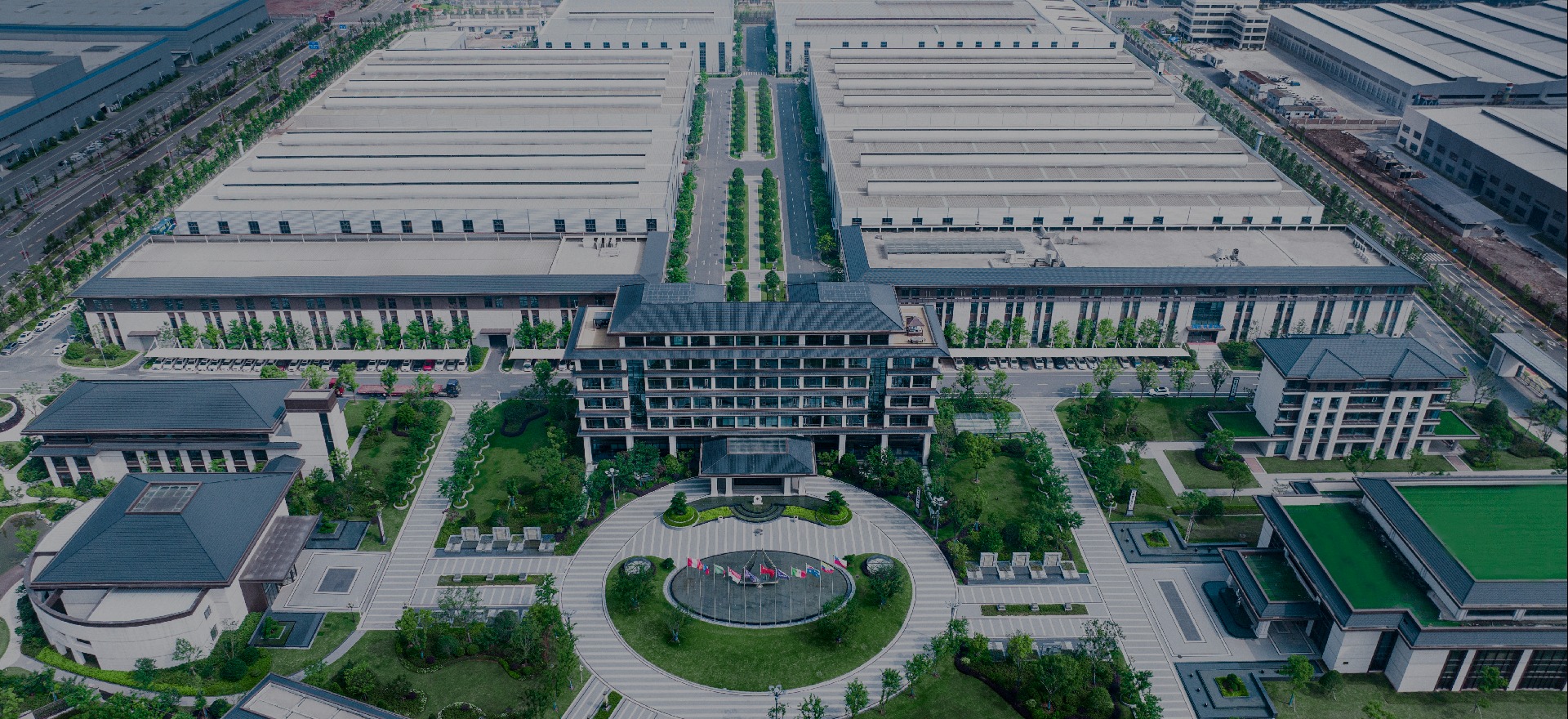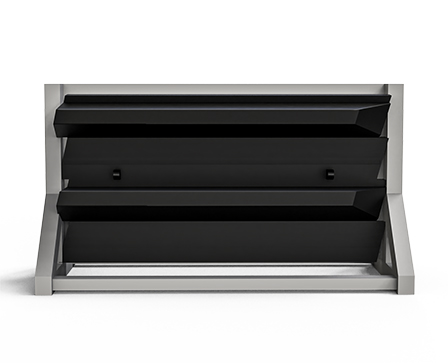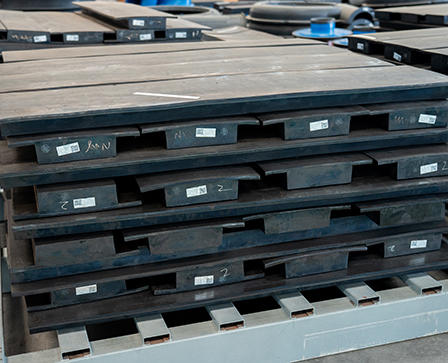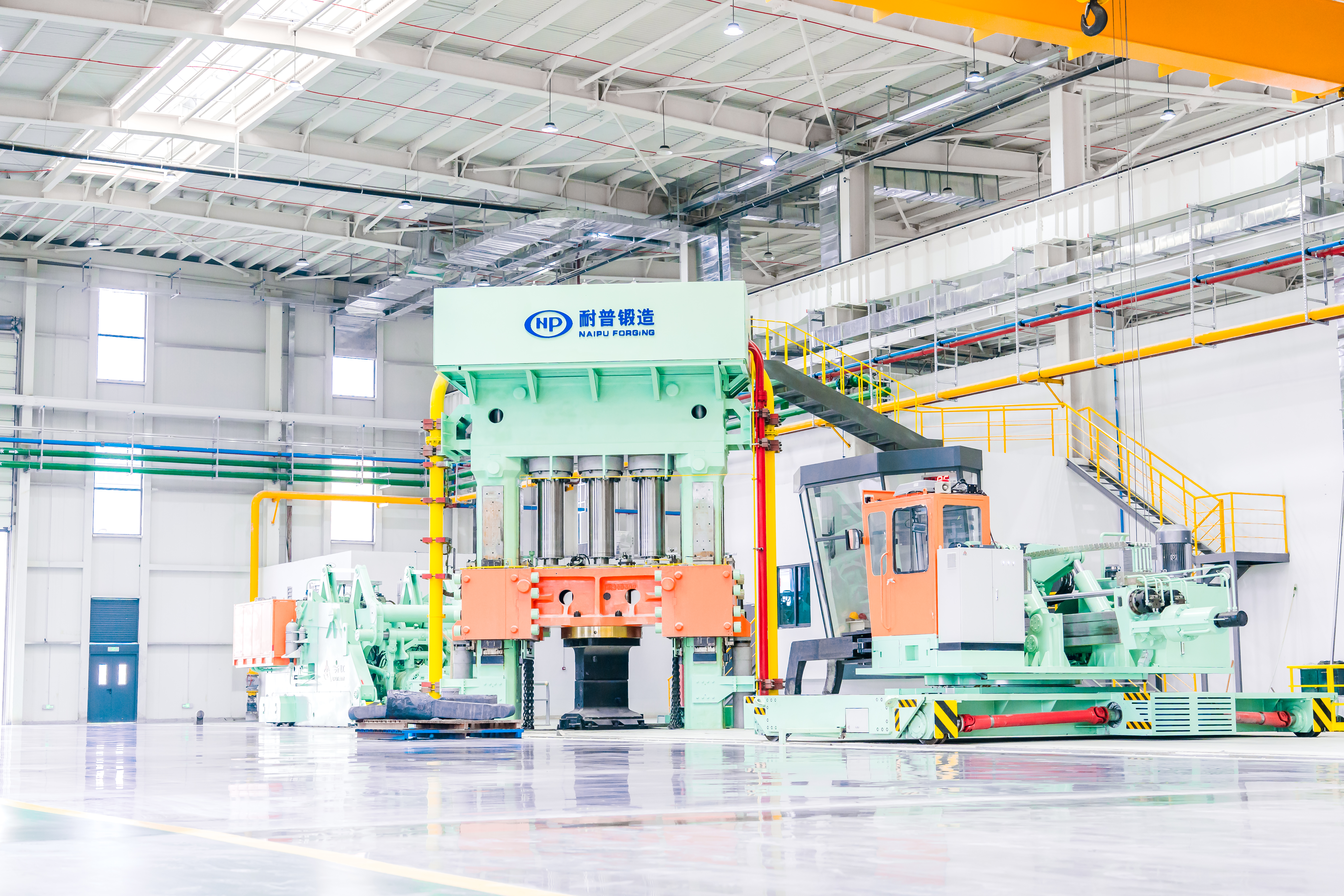
SCROLL THE MOUSE

Mill liners are essential for protecting grinding equipment from wear and maintaining consistent performance in mining and heavy industrial operations. High-quality forge linings significantly reduce unplanned downtime, extend equipment life, and support safe and efficient production. In large-scale operations where heavy ore and grinding media generate constant impact and abrasion inside the mill, the right liner choice directly affects throughput, maintenance costs, and long-term equipment reliability.
Market and Industry Challenges of Mill Liners
Given the critical role of mill liners in industrial operations, understanding the current market landscape and industry challenges is crucial for making informed decisions. So, what is the current trajectory of the global mill lining industry? Let's take a closer look.
1. Market Status
The global mill liner market[1] was valued at approximately US $2.6 billion in 2023 and is expected to rise to US$2.8 billion by 2030, growing at an estimated 4.98% CAGR over the 2024 to 2030 period. This means that the mill liner sector is on a growing trajectory due to mining expansion, infrastructure projects, and rising demand for efficient grinding solutions.
2. Industry Challenges
While the mill liner market shows consistent growth, operational demands have become significantly more complex. The materials being processed today are harder, more abrasive, and often less predictable than in previous decades. As a result, traditional liner materials and configurations struggle to keep pace with real-world requirements.
One of the key challenges facing the industry is the rapid increase in the size and capacity of grinding equipment. Larger mills, some exceeding 40 feet in diameter, exert greater forces on liners, increasing the risk of structural fatigue and premature failure. These high-capacity units require liners that not only withstand higher impact energy but also maintain dimensional integrity over longer operating cycles.
Additionally, operators are under increasing pressure to raise equipment utilization rates. Production targets are often tight, leaving little room for unscheduled downtime. Any failure in liner performance directly affects throughput, slows down maintenance teams, and can disrupt entire processing schedules.
Forge Lining vs. Cast Liners
Mill liners fall into two primary categories: forged and cast. The core difference lies in how the liners are manufactured, which directly affects their performance in various mining environments.
1. Forge Lining
Forge lining is created by heating metal, typically alloy steel, to a high temperature and then compressing it under intense mechanical pressure. The forge lining manufacturing process eliminates internal voids, aligns the grain structure, and produces a denser, stronger component. This result is a liner with superior mechanical properties, including greater toughness and resistance to impact-related failures.
2. Cast Liners
In contrast, cast liners are manufactured by pouring molten metal into precision-engineered molds, where the material is left to cool and harden into its final form. This approach offers notable design flexibility, permitting the accommodation of intricate features such as integrated cooling pathways, irregular bolt layouts, or customized profiles tailored to specific equipment needs.
However, the nature of the casting process can lead to variability in the internal structure, resulting in lower mechanical strength and reduced resistance to high-impact loads compared to forge-lining equipment.
How Do You Choose Between Forged and Cast Mill Liners?
Selecting the right liner type depends on a combination of operational goals, ore characteristics, equipment size, and budget constraints.
1. Forge Lining
Forge lining units are the preferred solution for environments characterized by high-impact loads and severe equipment wear. They are typically deployed in large-scale, high-throughput mining operations, particularly within primary grinding circuits processing hard and highly abrasive ores. The uniform grain structure and density of forged liners give them excellent fatigue resistance, allowing them to perform consistently under continuous heavy-duty conditions.
These liners are also well-suited to large-scale equipment, where internal forces increase exponentially with mill diameter. In such demanding applications, structural durability is non-negotiable, and forge lining provides the mechanical resilience needed to prevent premature failure.
For operations prioritizing minimal downtime and long-term cost efficiency, forge lining presents a compelling solution. While their upfront cost is higher, their extended service life and reduced replacement frequency contribute to substantial savings over the equipment’s operating cycle.
2. Cast Liners
Cast liners, though not as mechanically robust as forged liners, have their advantages in specific applications. They are commonly used in circuits where wear conditions are moderate, such as secondary ball mill liners regrind applications or when processing non-abrasive minerals.
The casting process enables greater flexibility in design when a project requires integrated cooling systems, specific bolt placements, or adaptation to uniquely shaped equipment; cast liners can be tailored more easily to meet these requirements.
For budget-sensitive operations, such as small to medium-sized mines or short-term processing projects, it's advisable to choose cast liners. They also can showcase adequate performance in less demanding contexts and help control capital expenditure.
Naipu Forge Liner Recommendation
1. Why Choose Naipu
We stand out in the global equipment market through our strong commitment to innovation, quality, and deep understanding of mill dynamics.
(1)Smart Design Backed by Simulation
We incorporate high-tech simulation tools into our liner design process. Using ROCKY DEM, we simulate particle flows and collision behaviors to assess wear patterns. MillTraj further optimizes lifter geometry and grinding media trajectories. These tools assist us in accurately modeling real-world mill conditions, maximizing both performance and liner lifespan.
(2)Enhanced Manufacturing Capabilities
To meet the growing demand for high-performance liners in the mining industry, we continuously upgrade our forging manufacturing processes and equipment. We also collaborate with industry partners to develop key machinery.
For example, the co-developed injection vulcanization machine has increased rubber liner production efficiency by 40% while significantly improving product density and stability.
Additionally, we have successfully established a proprietary forged liner production line, enabling us to efficiently generate high-strength, wear-resistant forged liners for heavy-duty mining applications.
(3)Stringent Quality Assurance
From raw alloy selection to final product testing, we enforce strict metallurgical and mechanical standards. Every liner undergoes:
· Hardness testing
· Ultrasonic flaw detection
· Dimensional inspection
This rigorous QA/QC process ensures each liner delivers uniform structure, mechanical resilience, and reliability under continuous, high-impact operation.
2. Special Forge Lining
Our GH3 and GH6 high-alloy forge linings demonstrate exceptional resistance to abrasion and impact. Both boast fine-grained, high-density structures with excellent hardenability (up to 400 mm through-hardening thickness), minimal slag inclusion, and stable metallographic performance.
In dynamic impact wear tests, GH3 exhibits 42.1% greater wear resistance than standard 70CrMo steel. GH6 performs even better, exhibiting 52.7% higher wear resistance compared to CrMo steel.
For example, our GH3 forged liners were installed in a Φ6.4 × 3.3 m semi-autogenous mill at Chengmenshan Mine, achieving a service life of 160 days.
Wrapping-up
At Naipu, we go beyond just forged linings. We supply a comprehensive range of mill liner solutions, including composite liners, rubber liners, and cured discharge end, all tailored to meet the varied demands of modern mineral processing.
Backed by over 20 years of experience in wear-resistant industrial liner development and a strong track record of global applications, we have built long-term partnerships with customers around the world.
We’re here to help you enhance efficiency, reduce downtime, and extend equipment life. Get in touch with us to find the right solution for your operation.
Reference
[1].Available at: https://www.verifiedmarketresearch.com/product/mill-liner-market